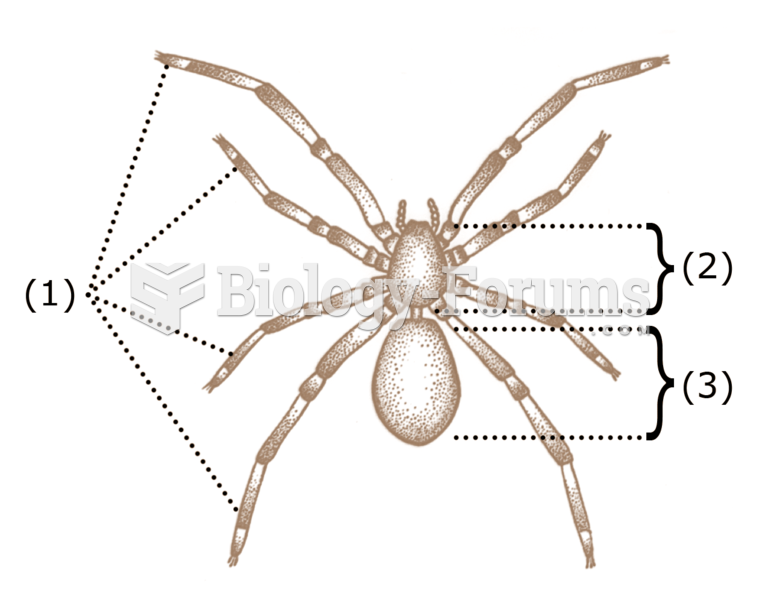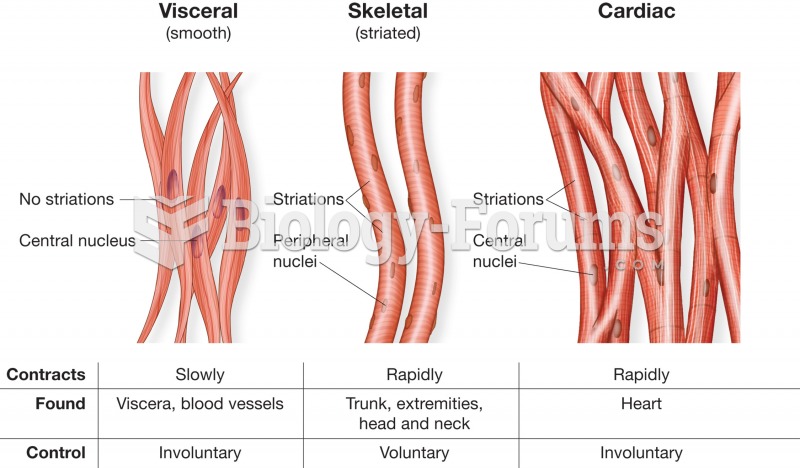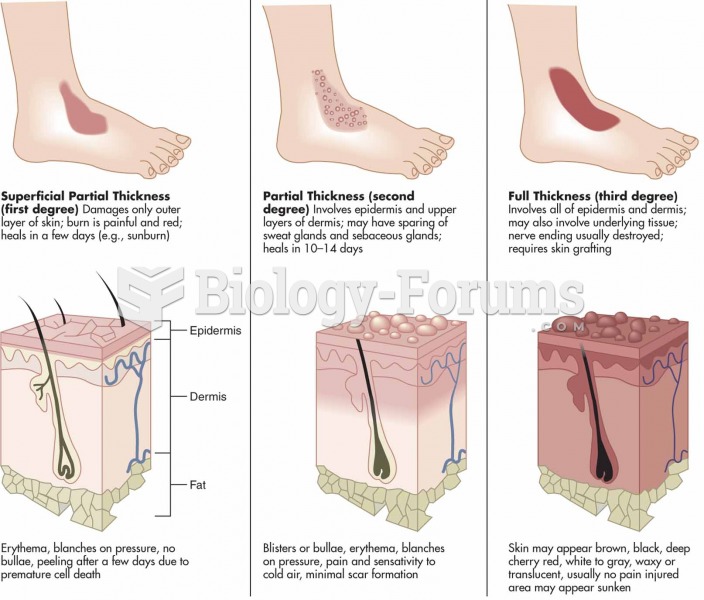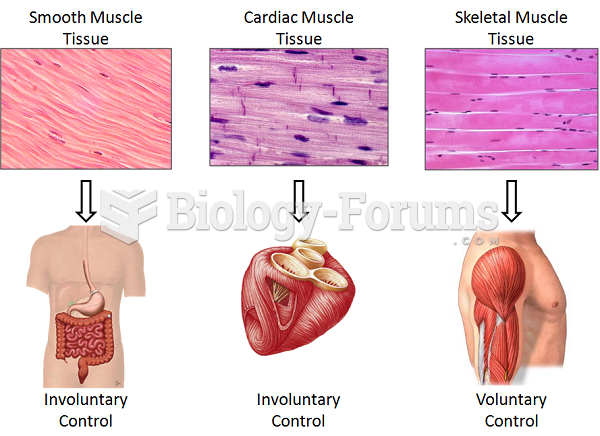Answer to Question 1
a . Fetishistic disorderthe key feature of this paraphilia is an intense sexual urge involving a nonsexual itemcommonly an inanimate extension of the body such as clothing (e.g., women's undergarments, shoes, purses) or a material of a particular texture (e.g., rubber, leather). The fetish also might be a part of the bodyfor example, feet. The person holds, rubs, or wears the fetish while masturbating or asks the sexual partner to wear it. The person may be unable to experience sexual arousal without the fetish.
b. Sexual sadism disorderthis paraphilia is characterized by sexually arousing urges and fantasies involving acts that inflict physical or psychological suffering on another person. The person may employ the fantasies during sexual activity or actually perform the acts with a consenting partner. The sadistic acts and fantasies involve having complete control over the other person.
The origins of paraphilias are unknown, but may involve learning (classical or operant conditioning) or faulty cognitive processes or they may be due to poor social skills.
Answer to Question 2
Gender dysphoria is another term for specified gender identity disorder. People with this disorder feel that they are trapped in the wrong body, that they are psychologically the opposite sex. It is much more common in males than in females. As children, boys avoid rough-and-tumble play and engage in feminine pursuits. They dress in girls' clothes and experience significant social impairments and subjective distress. Individuals with transvestic disorder diagnosis are males who cross-dress, but for different reasons. Individuals with a transvestic disorder diagnosis identify themselves as males and are typically married heterosexuals who derive sexual arousal from cross-dressing. If a male cross-dresses and experiences no arousal, he cannot be considered an individual with a transvestic disorder. The causes of these disorders are not well understood, but gender identity is probably an outgrowth of lower testosterone levels and family environments in which Oedipal conflicts are unresolved or parents encourage feminine behavior, cross-dressing, and dependence on the mother. Psychoanalysts see the explanation of transvestic disorder as a symbolic refutation of castration fears by having an erection occur in women's clothes. Behaviorists emphasize the associations that are made between masturbation and specific objects and images. Treatment for gender dysphoria has involved psychotherapy and hormone therapy. For some, sex-change operations have been successful. Generally, female-to-male change is more satisfactory for the person.







